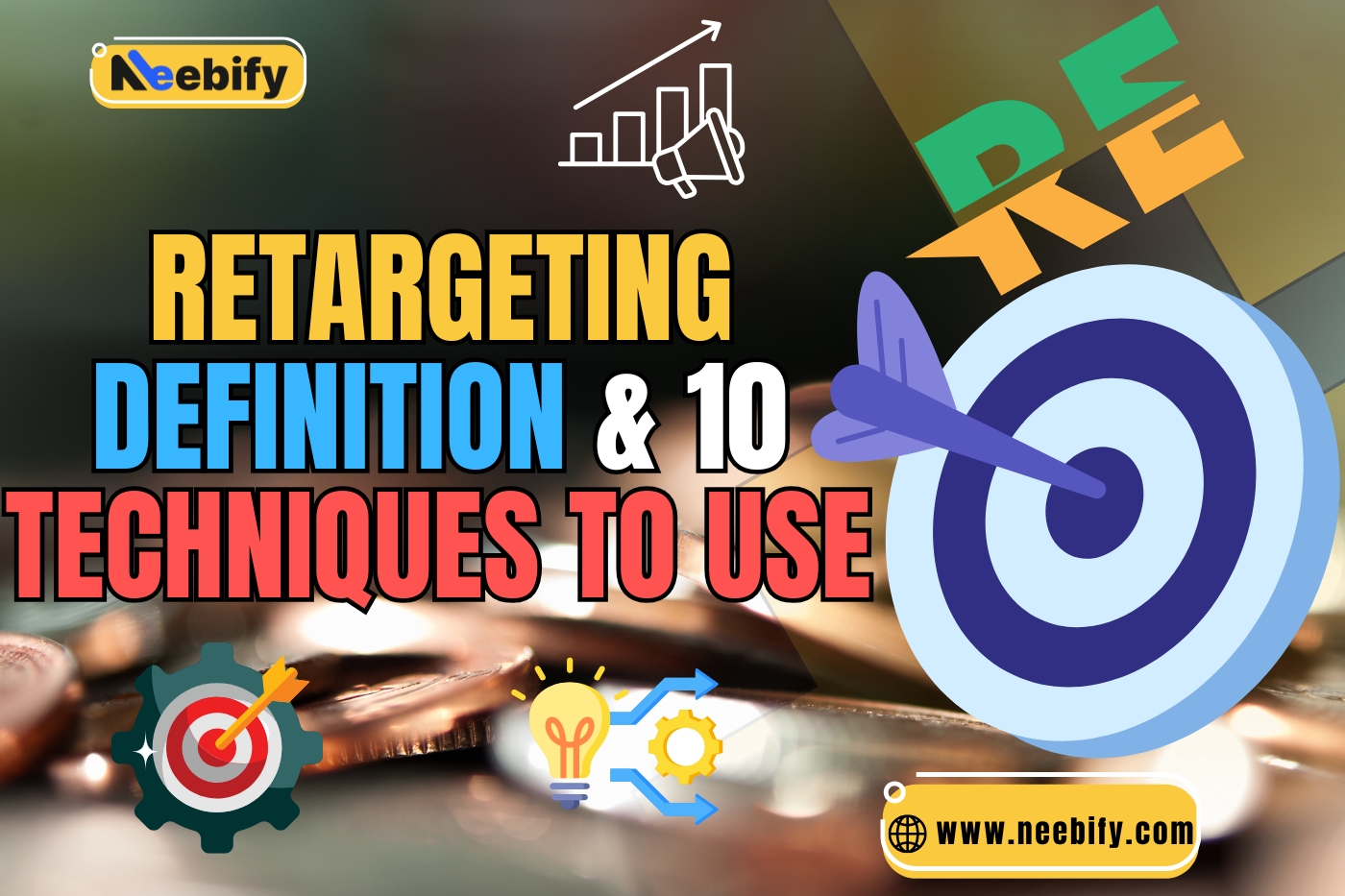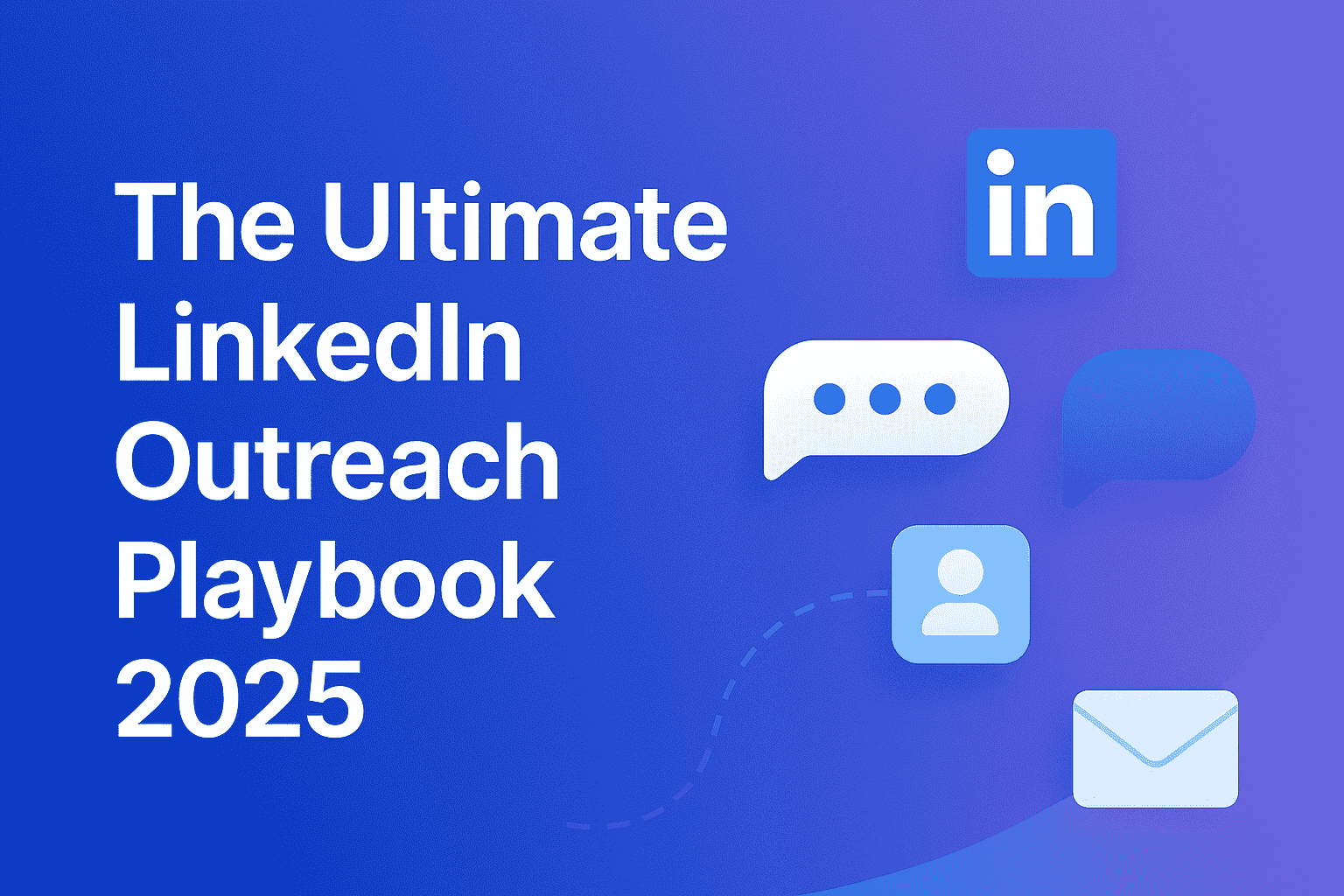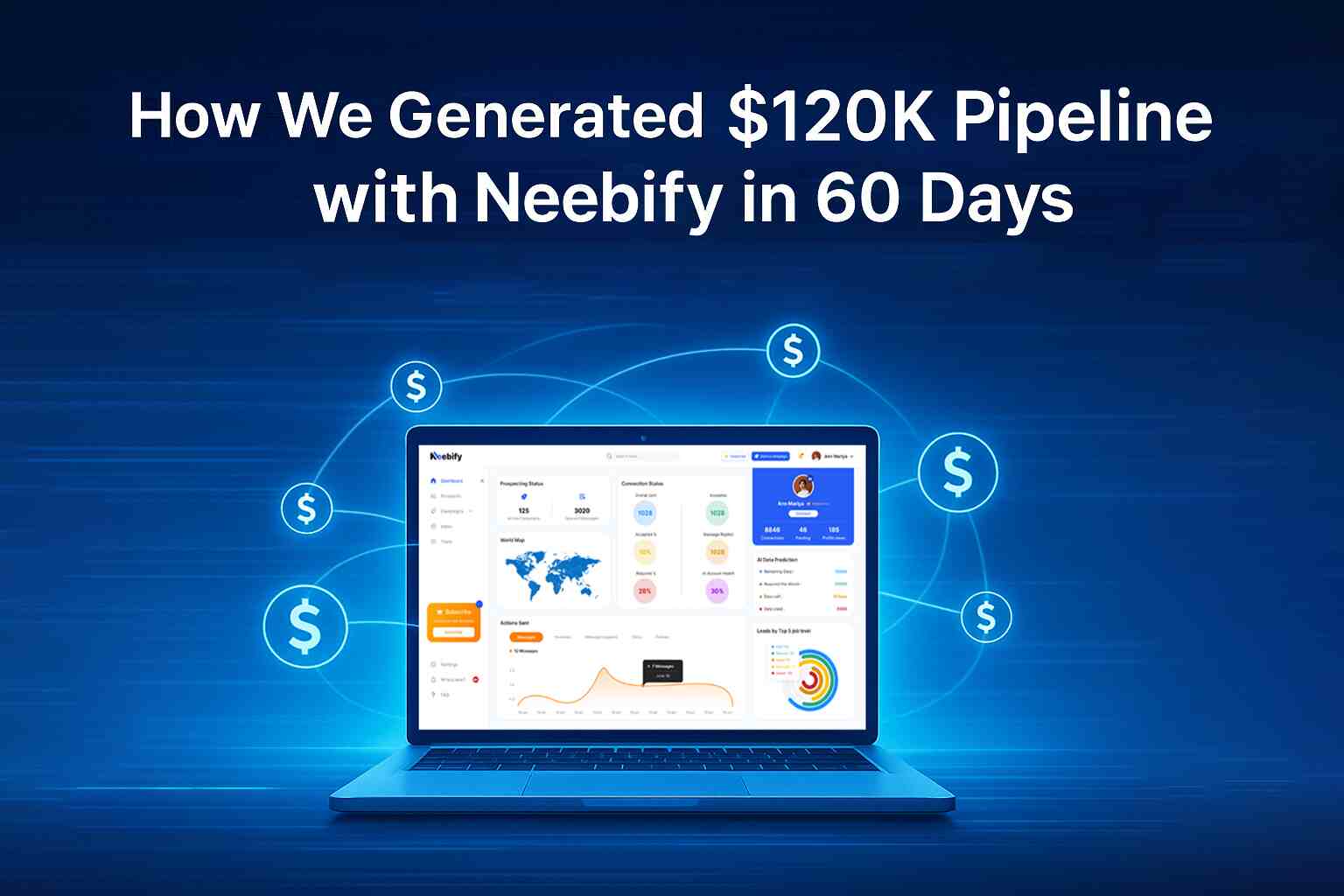Table of content
Digital marketing has come a long way, but it can now boast retargeting (or remarketing) as one of the most popular and effective ways to convert potential customers who have expressed interest in a product or service but fail to complete a desired action such as making a purchase or sign-up. If you're a newbie for digital advertising, explaining "retargeting" can dramatically improve the ROI for your marketing campaigns.
We will discuss in detail what "retargeting" is, how it works, why and when you should use it, and study the top 10 techniques—both action- and channel-based—to use for better retargeting campaigns.
What is Retargeting?
Online retargeting is a form of advertising that targets previous interactions from users with your website or mobile application, in which they didn't complete an action - such as purchase or submission of a form. It works on a cookie algorithm by following up on the behavior of users on the web so marketers can serve them specific ads based on the past interaction of that consumer with the brand.
Key Components of Retargeting
Cookies: pieces of information that may follow the activities of a user as they surf.
Ad Creatives: personalized ads being served to users, based on their behavior previously.
Targeting: ads are shown to demographics of audiences who, at one point, visited your website or app.
How Does Retargeting Work?
Retargeting works by tracking users' activity and serving ads to such users while they surf. Here is a simplified way of explaining how:
1. Tracking Behavior of a User: A third party places a tracking pixel on the browser or device each time a user visits your website or interacts with your application-through providers like Google Ads or Facebook, allowing you to then obtain data about which pages they visited, what products they looked at, and what actions they took.
2. Segmentation of Users: On the basis of this information, if a vendor receives this data then he can segment the users on the basis of activities they were performing. For example, different segments could include visitors who added items to their cart but did not check out from the site and visitors who came to the homepage but navigated no further than that.
3. Display Ads: After segmenting, you can display very highly targeted ads to such users as they browse through other websites or social media sites. The ads and search messages remind users of the product or service they showed interest in and lead to completion of the action they had abandoned.
4. Conversion: Using such personalized reminders, retargeting aims to bring users back to your site, nudging them toward completing their purchase or form submission.
When and Why to Use Retargeting?
Here are the reasons for retargeting:
When To Use Retargeting?
Some reasons are written here:
1. Cart Abandonment: A user can add items into his/her cart but leaves without checking out. Retargeting can be done to bring him/her back into completion of the transaction.
2. Visitor to website: These people browsed your website, probably read something they liked, but didn't make a desired action.
3. Lead generation: Maybe they read a thing or two on your website, filled in a part of a lead generation form but got distracted and left without completing it. Retargeting can remind them to come back and complete the form.
4. Product Engagement: If someone has expressed interest in a product but hasn't made a conversion yet, retargeting can nudge him in action.
Why Use Retargeting?
Some reasons are written here:
1. Higher Conversion Rate: As compared with the standard display ad, retargeting usually fetches higher conversion rates because you are targeting people who are already familiar with your brand.
2. Cost-Effective: You will likely spend less in terms of cost-per-click (CPC) due to targeting the interested audience who is already familiar with your offers.
3. Higher Brand Recollect: The user is more likely to be revisited for performing an action, like buying or signing up for the service after several viewings of the brand.
4. Best ROI Optimization: Retargeting allows you to maximize opportunities that lie in your already existing traffic and audience, which typically means better ROI.
Top 10 Retargeting Strategies to Use
Retargeting is not a one-size-fits-all solution. To get the most out of your retargeting, you will have to use several techniques, applied according to various types of user behaviors and marketing channels. Here are the top 10 retargeting techniques that can supercharge your advertising strategy.
1. Segment-Based Retargeting: Split your audience based on the actions they carried out on your website.
For example:
Viewed Product: Visitors who have viewed a specific product but did not buy.
Abandoned Cart: People who added the items to a shopping cart, but for some reason, they left the order incomplete.
Visited Pricing Page: Target users who viewed the pricing page but did not go through with your product.
Example:
Suppose an individual visited to view a page with running shoes but didn't purchase them. Here, you can show dynamic retargeting with the actual shoes they viewed and a time-sensitive offer to encourage them to come back.
2. Time-Based Retargeting: Time-based retargeting is based on how much time has elapsed since the last interaction of a user with your site.
For instance:
1-Day: Target users within 24 hours from when they visited your website, reminding them of the fact that they have recently interacted.
7-Day/30-Day: Target users who visited your site a week or a month ago with additional offers or new content.
Example:
If a user visited your site a week ago and didn't purchase, you could serve them a different ad with a 10% discount as a new incentive to come back.
3. Dynamic Retargeting: Dynamic retargeting can help serve targeted ads with the same products a user is viewing on your website. This is especially helpful for e Commerce businesses.
Example:
In this example, if a customer was looking at winter jackets on your website, dynamic ads will display that jacket he was viewing, along with an image, price, and CTA such as "Buy Now."
4. Email Retargeting: For retargeting, these users want users who have provided their email but have not ended up in conversion- otherwise known as lead generation, e-commerce sales or event registrations.
Example:
A user subscribes to your newsletter but has not made a purchase. You can send him a reminder of the products that he viewed or also left behind in his cart along with a reminder about your store.
5. Social Media Retargeting: You can retarget users who have interacted with your social media ads or visited your website using Facebook, Instagram, and LinkedIn. Social media retargeting commands a high engagement rate because of its interactive nature.
Example:
If somebody has clicked on your Instagram ad but didn't buy your product, you can retarget him by following up with a related ad on Facebook, where he may engage more.
6. Geographical retargeting: Retarget users geographically. Assume a user visited your site when he or she was within a specific city or region. You could then post location-sensitive offers in the ads to him or her.
Example:
Let's say you run a local restaurant. You would retarget visitors residing in your city with an ad showing up for them about a special offer or event happening around their location.
7. Retargeting by Device Type: This kind of retargeting is based on the device used when a user visited your website. This is a huge deal in case you have a different version of your site for a mobile or desktop; behaviors there will be different.
Example:
On the one hand, a user who has visited your website with his smartphone did not convert, but when this person returns to the internet using his laptop, you can retarget him using ads based on desktops.
8. Action-Based Retargeting: This campaign strategy allows you to reach users who have taken an action but didn't convert. They may have partially completed a form, then hit the back button and never came back to send their form.
Example:
A user has partially filled in a loan application form but hasn't submitted it. You can retarget such a user with an ad encouraging them to finish filling in the form or help them more.
9. Sequential Retargeting: Sequential retargeting sends a sequence of ads to the user within a certain order that can navigate users through the conversion funnel. Each ad is provided for different purposes, yet the same end goal-convince the user to make some form of action.
Example:
Introduce your brand to the user, then followed by a product-focused ad. Then, a limited time offer targeting the same user but for different messages.
10. Video Retargeting: Video ads are engaging and hence you will be able to implant your message. Retarget users that have interacted with your video content, for instance, after having watched some percentage of your ad, with another video or more content.
Example:
If a user has watched 50% of your tutorial video, retarget them using another video offering a limited-time discount on the product in the first video.
Conclusion
Retargeting is a very powerful tool for businesses to maximize their conversion rates, boost their brands, and make the most out of their marketing return on investment. Using audience segments based on behavior, utilizing dynamic and personalized advertisements, and creatively using retargeting methods have given marketers the best advertising plan that is very efficient without losing profitability.
Whether it is more sales in e-commerce, best lead generation or promotion of the latest content produced, retargeting will make more visitors into loyal customers.
Whether it be driving more sales in e-commerce, building the best lead generation, or promoting the latest content developed, incorporating retargeting into your marketing plan will make more visitors into loyal customers.
By combining the right strategies and leveraging the proper channels, you can craft a retargeting campaign that delivers exceptional results, thereby making it an absolute must-have within any digital marketing arsenal.
Get your next meeting in a
matter of minutes.
Free Trial
Latest
The Ultimate LinkedIn Outreach Playbook 2025
A practical, modern guide to mastering LinkedIn outreach in 2025 — learn how to boost reply rates, p
12/1/2025How to Find 100 ICP Leads Without LinkedIn Sales Navigator
Generating 100 targeted ICP leads doesn’t require LinkedIn Sales Navigator. Learn how to leverage fr
11/28/2025


